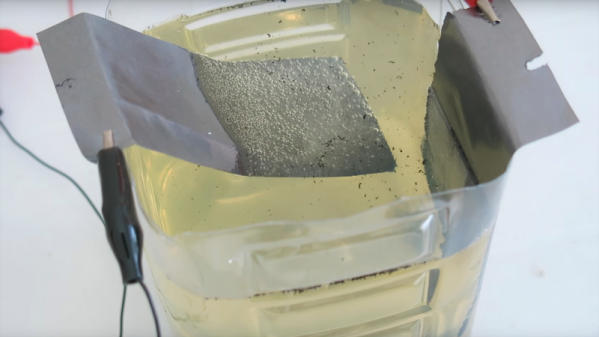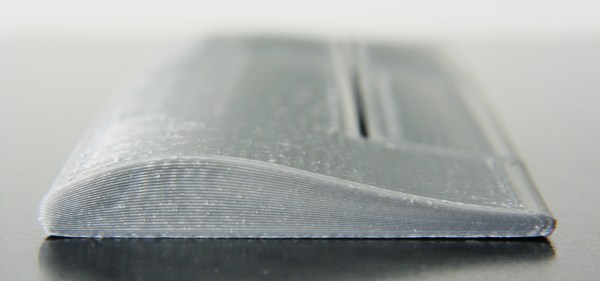Well, this is embarrassing! Imagine sending a multibillion-dollar rover to an ancient lakebed on Mars only to discover after a year of poking around at the rocks that it might not actually have been a lake after all. That seems to be the impression of Jezero Crater that planetary scientists are forming after looking at the data coming back from Perseverance since it nailed the landing in what sure as heck looked like a dried-up lake, complete with a river delta system. A closer look at the sediments Perseverance has been sampling reveals a lot of the mineral olivine, which on Earth is rare near the surface because it readily reacts with water. Finding lots of olivine close below the surface of Jezero suggests that it either wasn’t all that watery once upon a time, or that what water was there was basically ice cold. The results are limited to where the rover has visited, of course, and the nice thing about having wheels is that you can go somewhere else. But if you were hoping for clear signs that Jezero was once a lake teeming with life, you might have to keep waiting.
In other space news, we have to admit to taking NASA to task a bit in the podcast a couple of weeks back for not being quite up to SpaceX’s zazzle standards with regard to instrumenting the SLS launch. Yeah, a night launch is spectacular, but not having all those internal cameras like the Falcon has just sort of left us flat. But we should have been more patient, because the images coming back from Artemis 1 are simply spectacular. We had no idea that NASA attached cameras to the solar panels of the Orion spacecraft, which act a little like selfie sticks and allow the spacecraft to be in the foreground with Earth and the Moon in the background. Seeing Earth from lunar distance again for the first time in 50 years has been a real treat, and getting our satellite in the frame at the same time is a huge bonus.














